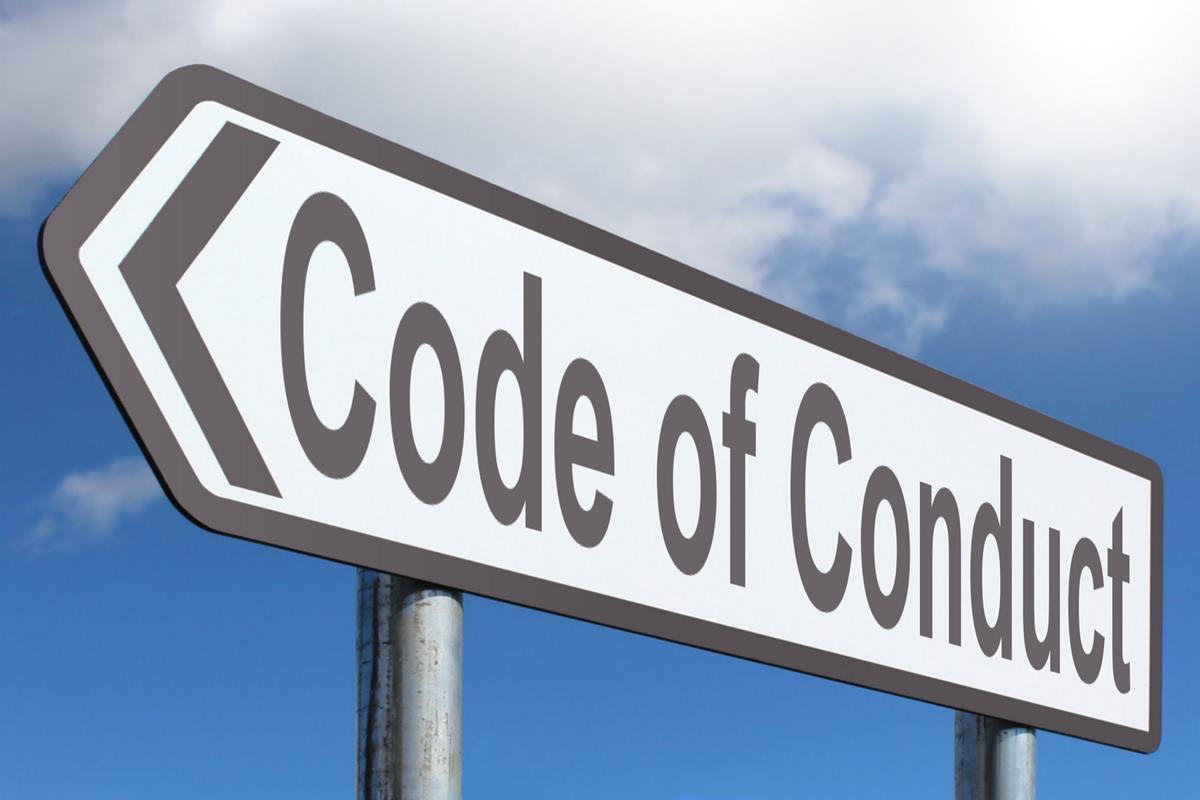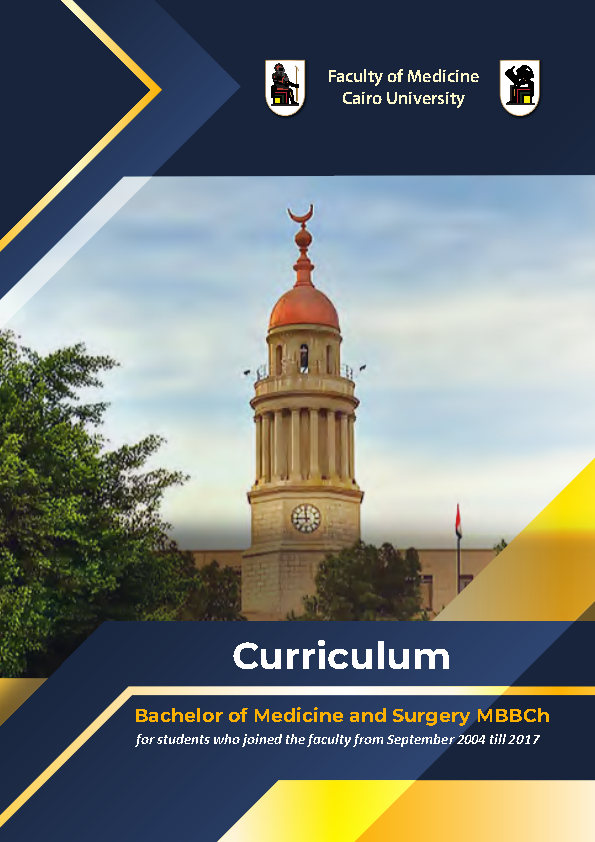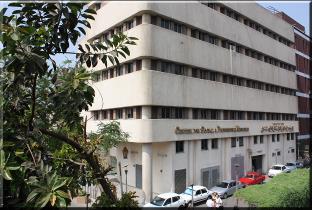Kasr EL-Aini Museum
Qasr Al-Eini Museum
The first Museum of an Arab Faculty of Medicine
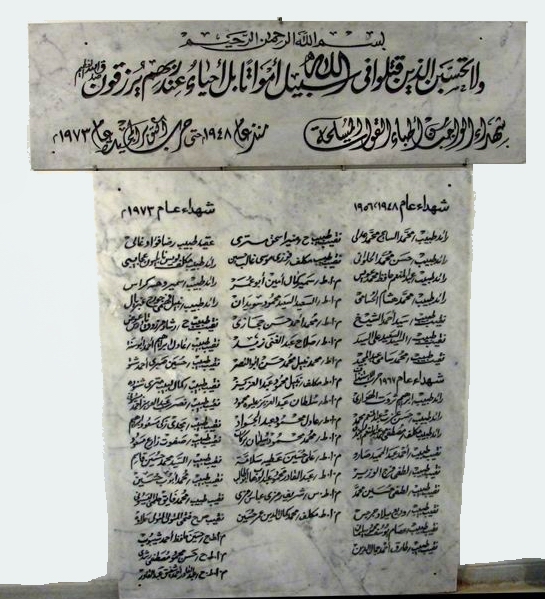
The idea of founding the Qasr Al-Eini Museum was first initiated in 1976 by Dr. Mohammed
Almenawi, the surgeon gynecologist and obstetrician who was general secretary of the Faculty of Medicine and responsible of the Museum.
The first stage was inaugurated on March 8, 1998 in the presence of representatives of the world faculties of medicine; the second stage in March 1999 . The Museum was eventually established in the adequate form appropriate to the oldest Faculty of Medicine in the Orient.

The Museum narrates the history of medicine in the Arab Machreq, confirming the historical role played by the Qasr Al-Eini School of Medicine as a linkage between medicine in pharaonic Egypt and modern medicine.
The library of the Museum houses the following:
-Numerous rare books and references.
-An encyclopedia on "The Wise Men of Qasr Al-Eini" or the biographies of 154 professors who lectured in Qasr Al-Eini, with their photos. Some 64 amongst them go back to the 19th Century.
-Various documents and manuscripts.
-Tableaux of marble.
-Photographic pictures.
-Different statues.
-An original copy of the book " Description de l’Egypte " which was written by the French scholarswho accompanied Bonaparte during his campaign on Egypt (1789)
The Story of Medicine in Egypt:
The first School of Medicine in Egypt was inaugurated in Feb.1827 following the decision of
Mohammed Ali Pacha, Wali (Ruler) of Egypt to introduce the European techniques in the Egyptian army through the assistance of French officers ; he called Klute Bey from France in 1825 to be the first surgeon in the Egyptian army assisted by a number of physicians and pharmacists. The School and the hospital were annexed to a training camp at Abu Za’abal ( in the outskirts of Cairo ). It was joined by one hundred students from Al-Azhar (the oldest theological university ) under Klute Bey , the headmaster of the School during 1827-1837.
They studied seven subjects: chemistry/physics, anatomy, physiology, pathology, medicine,
hygienics, and pharmacology; they were lectured by seven foreign physicians assisted by skillful
interpreters.
In 1832 Klute Bey selected 12 graduates of the School to study in France . They travelled wearing their turbans, jubbahs and caftans. They were highly praised by the head of the French Society of Medicine for their primacy and merit " being the descendants of Ibn-Sina, Al-Razi, and other Arab Scholars" as he described them; similar missions were annually sent to France.
In 1837 the School of Medicine and the hospital were transferred from Abu Za’abal to Qasr Al-Eini (named after Ibn-Al-Eini who founded it in 1466 over a wide space on the bank of the Nile to be a rest house for the Egyptian Wali or Ruler. It was used to receive princes and dignitaries, and for holding the meetings of the Mamelukes.It was later used as barracks, then a military school until 1837 when it was transferred to the School of Medicine as aforementioned)
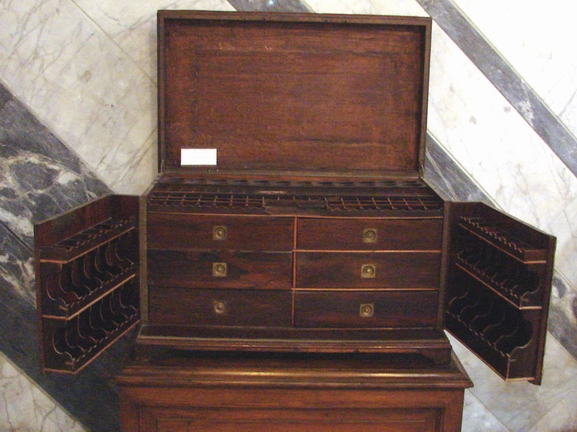
The studying period was, then, five years; the number of students was 300 fully subsidized by the Government which paid for their housing, living, dressing, education and pocket money.
The School made a great progress and Qasr Al-Eini became famous all over the Arab countries; patients came from all parts for medical treatment in Qasr El-Eini. Many books were translated from French into Arabic language and copies there-of were sent to Istanbul and Arab countries. Egypt also offered 10 scholarships to students from the Levant to study in Qasr Al-Eini at the expense of the Egyptian Government.
One of the prominent devotees, Dr.Essa Pacha Hamdi, father of the modern school of medicine was Director of the School of Medicine in the ‘80s of the 19th Century. He was forced to resign under the pressure of the British occupation which decided to transfer the studies from Arabic to English language. But Essa Pacha Hamdi, endorsed by the Minister of Education, could introduce modern techniques to the School and renovate its labs.
Starting 1887, students lived outside the School and paid for their living and educational fees.
The first International Conference on Medicine held its sessions in Qasr Al-Eini in Dec.1902, to be inaugurated on Dec. 18 by the Khedive at the Opera House with the participation of physicians from Germany, America, Britain, Austria, France, Italy, Swiss and Spain. In his inaugural speech , the Khedive stressed the importance of holding the Conference in the Nile Valley due to its specific geographic position as a link between the East and the West. The Chairman of the Conference , Ibrahim Pacha Hassan , speaking in Arabic, referred to the holding of the Conference in the land of the Pharaohs who attained a high degree in medical knowledge.
In Oct., 1926, the School was transferred to a Faculty associated to the Egyptian University. The Schools of Dentistry, Pharmacology, Nursery and mid-wifery were joined to the Faculty of Medicine. In 1928 , female students were admitted to medical studies.

The International Conference on Tropical Medicine was held in Cairo on Dec.1928, celebrating at the same time the centenary of founding the School of Medicine, and the laying of the foundation stone of the new Faculty of Medicine and its hospital at the vicinity of Qasr Al-Eini on the Rawdah Island.
In 1929, the genius surgery professor Ali Pacha Ibrahim, disciple of Essa Pacha Hamdi, was elected Dean of the Faculty of Medicine, and by virtue of his efforts, the degrees of the Faculty were recognized abroad, and the Egyptian University created higher specialized degrees in medicine matching with the highest similar degrees in European universities.
And, back and deep into history, the famous historian Herodotus wrote that ancient Egyptians
practiced medicine at an outstanding skill; nobody was allowed to practice just one specialized
medical branch-one had to study all medical branches. Physicians in the pharaonic Era enjoyed a sacred status. There was special temples for delivery, and the mid-wives were called " The Gods’ Mothers ". The priests of the deity Sekht were famous in medicine. Her son Amhoteb was renowned in medicine to the extent that he was considered God. His father was the deity Betah. Amhoteb’s statue is now at the Museum of Berlin.










